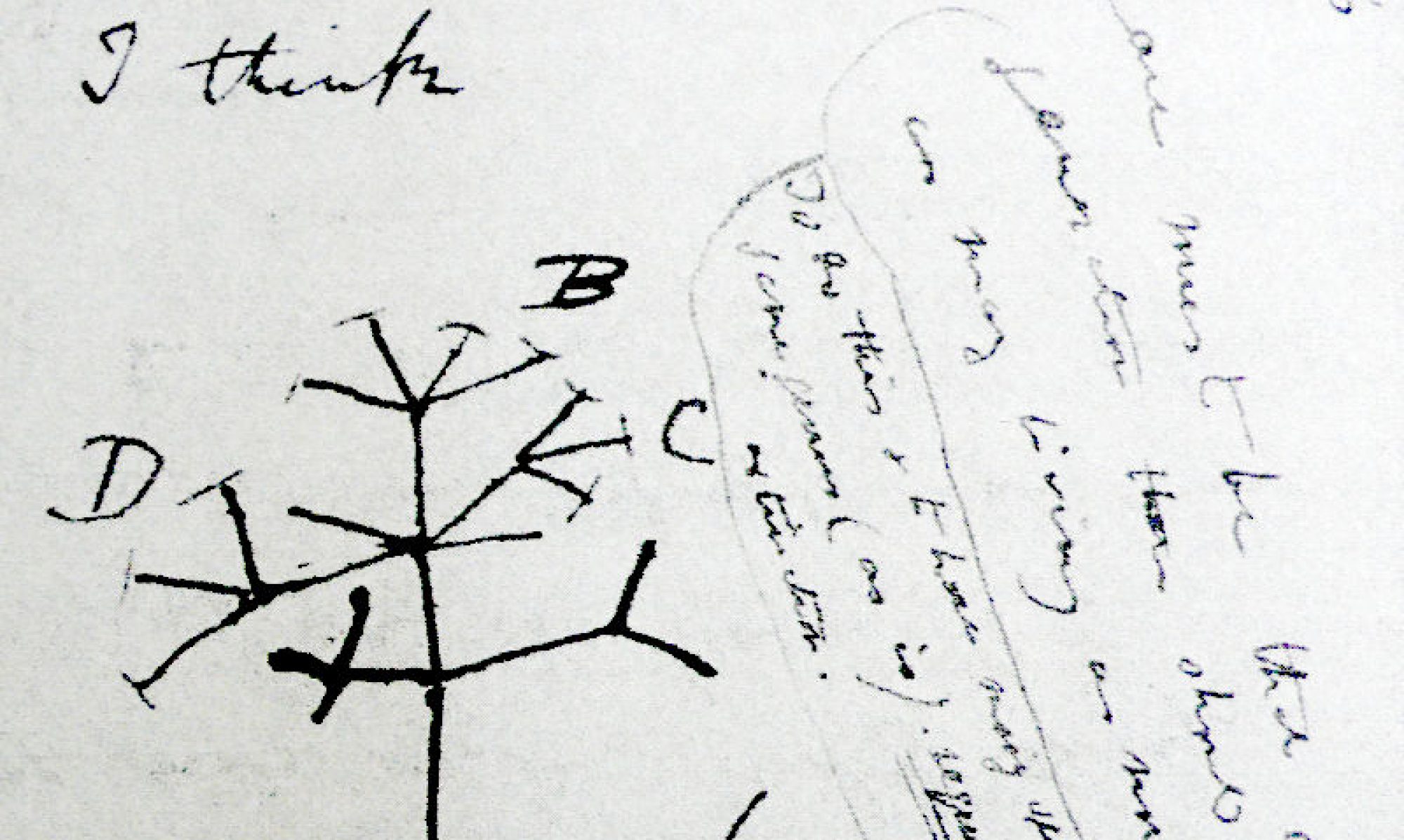By: Cameron Ward, Kellie Guerette, Meghan Doherty, and Benjamin Clark
(Stonehill College, BIO323: Evolution, Fall 2023)
Overview
Climate change is defined as long-term shifts in temperatures and weather patterns. Shifts can be natural, however, since the 1800s, human activities have been the main driver primarily due to the burning of fossil fuels. An article titled, “Climate Change Predictive of Body Size and Proportionality in Humans”, discusses how these changes have impacted the evolution of the human body over time. A relationship has been established between climate change and the human body shape and size, driven by natural selection in response to thermoregulatory demands. The studies suggested that smaller bodies with more of their weight distributed to the limbs dissipate heat better than larger and more rotund bodies with less relative surface area. This leads to larger species (endomorphic) in cooler geographic regions and smaller (ectomorphic) in warmer climates. Fossil records have shown that this trend holds true for a variety of species. Invertebrates, insects, and mammals all shrunk during past periods of global warming. Periods of global cooling have had the opposite effect, in which species increased in size to become better fit for their environment. There are several factors that could lead to the observed changes in body weight/ proportionality, however, climate change seems to be a major driver.


